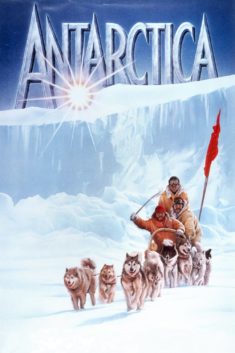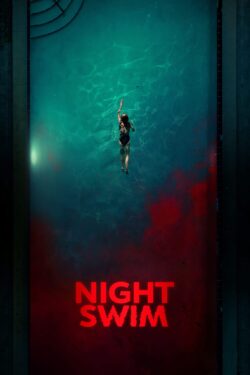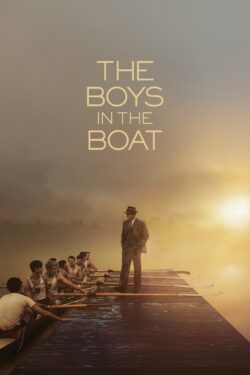Antarctica (1983)
Animal Action

The Antarctic sequences were filmed at the North Pole from December 1981 to February 1982. Though the film was released in the US by 20th Century Fox, it was produced by a Japanese film company, Kurahara Productions. The entire crew—including the dog trainer—was Japanese. Although the director’s intent was to show that “man abuses his environment and all living creatures are in a precarious situation,” the fifteen dogs used in the film were exposed to many stressful situations. However, the production company claimed that all of the dogs were trained animal actors and “that not one canine was hurt during the shooting.” The seal that was attacked by the pack of dogs may not have fared as well. There is also the skua bird, which was plucked from the sky and eaten by Taro and Jiro. The blatant examples of animal endangerment, abuse, and neglect during production necessitated an Unacceptable rating from AHA.
The ongoing expansion of the AHA Guidelines for the Safe Use of Animals in Filmed Media has raised the standard of care for animal actors worldwide. In addition, technological advancements have created safe alternatives to risky action, enabling filmmakers to maintain their creative vision without compromising the welfare of animal actors. AHA continues to be a vigilant watchdog for animals in film and television and acknowledges the groundbreaking history of this program while expanding and refining procedures to reflect increased knowledge and new challenges.




